Choosing the Right Granular Fertilizer
There are many characteristics in granular fertilizers that impact the decision when choosing the right product for your application needs. In this article we will explore the following:
- Advantages and disadvantages of granular fertilizer
- Blended and Homogeneous granular fertilizer
- Size Guide Number (SGN)
- Uniformity Index (UI)
Granular vs. Liquid Fertilizer
Advantage of Granular Fertilizer:
- Fewer required applications
- Available in a variety of slow-release nitrogen sources
- Available in combination with various herbicide or insecticide products for convenience of time-saving
- Broad familiarity in how to apply/use
- Requires less expensive equipment
Disadvantages of Granular Fertilizer:
- Less control/precision of application
- More material handling (refilling spreader)
- Lower uniformity of application (especially in blended product)
Granular Fertilizer Types
Blended - A mixed fertilizer produced by mechanically combining granules of a variety of solid materials.
Homogeneous - A mixed fertilizer produced with all solid material and nutrients combined into each granule.
Size Guide Number (SGN)
SGN Definition - The average particle diameter of the granules in milometers (mm) multiplied by 100.
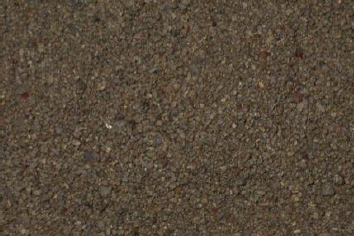
SGN 80 - 100: Typically used on Golf Greens and very low cut sportsturf. Always produced as a homogeneous particle. The highest particle per square inch (PPSI) at 60-70 PPSI. SGN 80 (.80 mm) homogeneous shown.
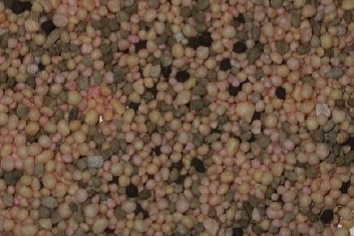
SGN 125 - 150: Typically used on golf tees and fairways, low cut sportsturf and sometimes in combination fertilizer/herbicide products. Often produced as a homogeneous particle but can be produced as a blend. Particle per square inch (PPSI) at 15-25 PPSI. SGN 150 (1.5 mm) blend shown.
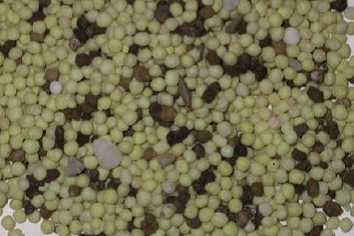
SGN 200+: Typically used for landscape turf, golf rough and other standard cut turf. Always produced as a blended product. The lowest particle per square inch (PPSI) at less than 10 PPSI. SGN 220 (2.2 mm) blend shown.
Uniformity Index (UI)
UI Definition - Method of determining how consistent granule diameter (SGN) is within a volume (bag) of granular fertilizer.
Formula to calculate UI is = D10/D95 X 100
Where D10 = grain diameter (mm) corresponding to 10% passing and D95 = grain diameter (mm) corresponding to 95% passing.
Meaning that a product UI of 50 = average small particle (.80mm) is half the size of the average large particle (1.6mm).
A product with varying particle sizes and density can result in inconsistent distribution of product delivering inconsistent results.
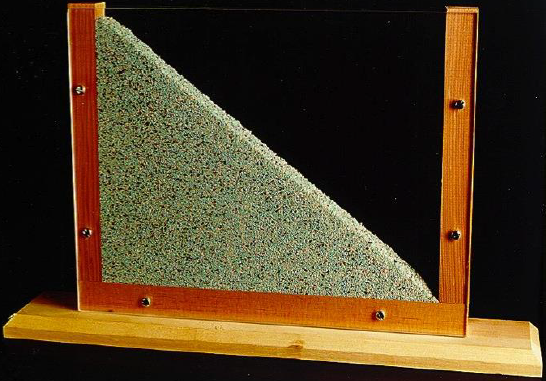
Visual example of a Uniformity Index that would be acceptable. In blended product a UI of 40 would be good and a UI of 50+ would be excellent.
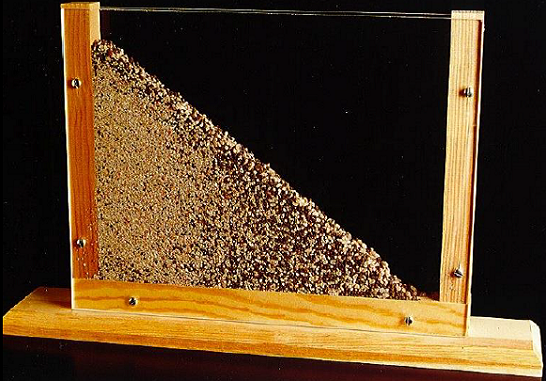
Visual example of a Uniformity Index that would be unacceptable. In blended product a UI of 30 or below would be poor.